Grow box lights
Grow lights
A grow light is an artificial light to help plants grow by providing a light spectrum. Similar to the Sun, or tailored to the needs of the plants being cultivated by varying colour temperatures, spectral outputs and intensity of the lamps depending on plant type and cultivation stage.
Grow-light boxes
A grow-light box is a wholly or partially enclosed system for raising plants indoors or in small areas. I have only used grow-light boxes for growing seeds in this early stage of my exploration into this world of producing nutritious, wholesome organic vegetables.
A range of grow light bulb types can be used as grow lights. Since I was a small home gardener only interested in growing seeds in a grow lightbox, I used T5 fluorescent lights, which gives high output, is inexpensive, reliable and safe. I mounted the lights over a large plastic box lined with aluminium foil and installed a timer to provide 18 hours of light and six hours of darkness.
I grew seedlings from seed successfully in various pots by providing them with sufficient water daily to keep the growing medium just damp to the touch.
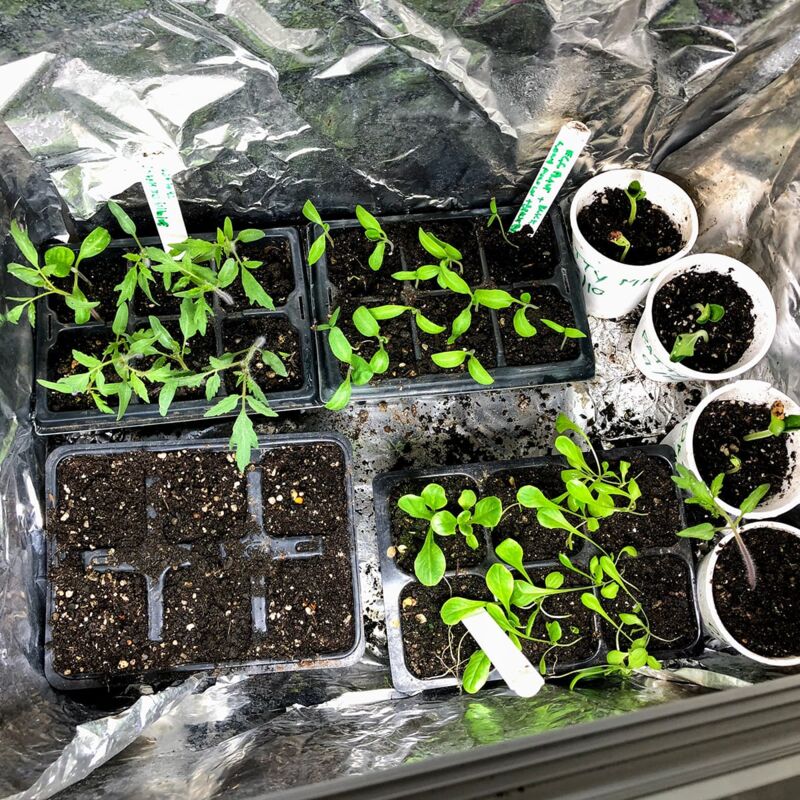
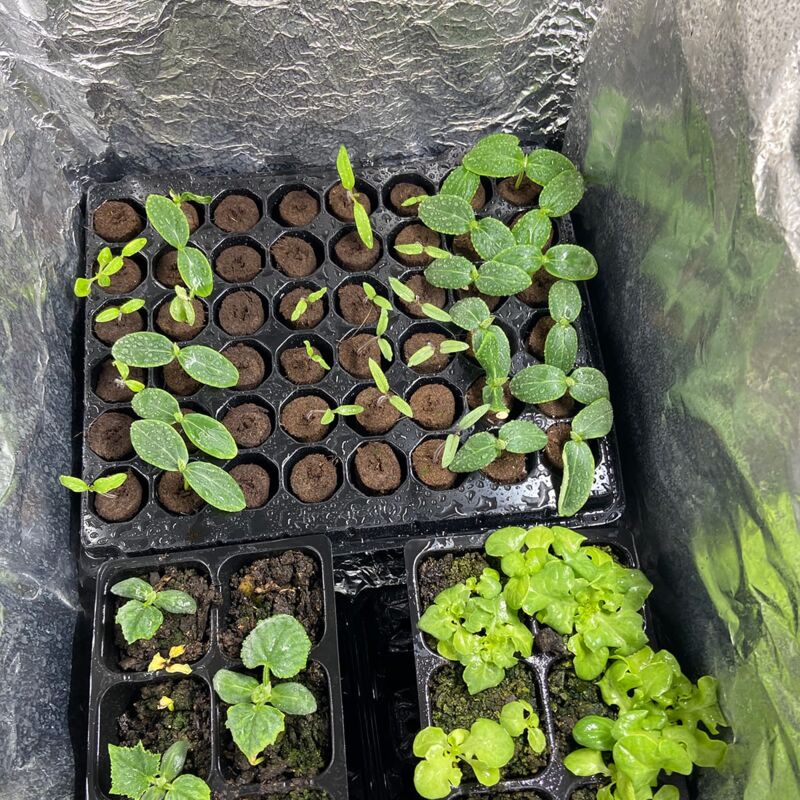
As the season progressed, particularly in rainy weather, my leafy vegetables like bok choy, lettuce and spinach were increasingly attacked by slugs and snails that managed to access to my raised beds.
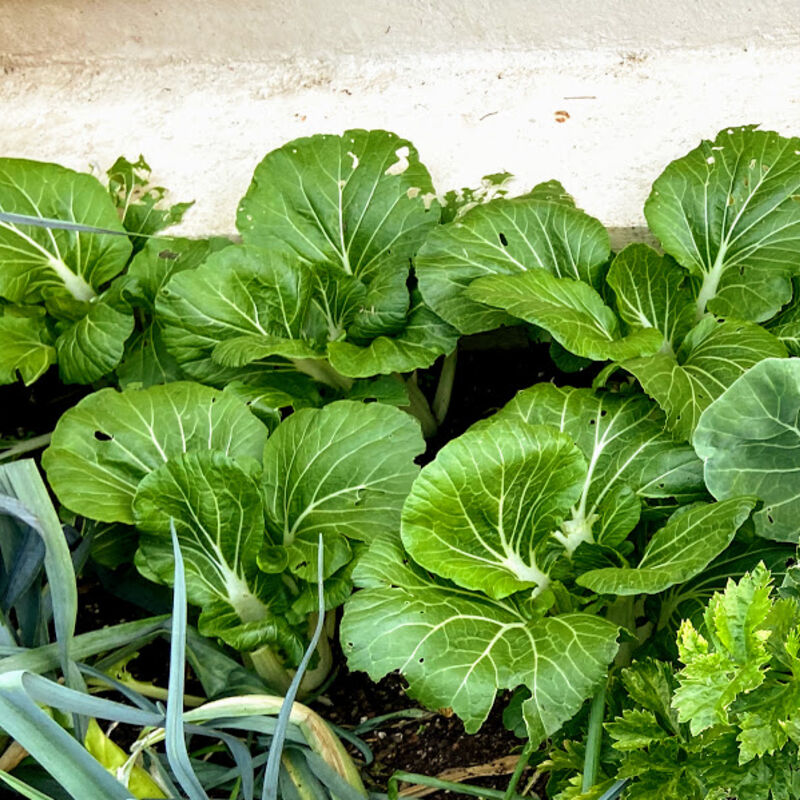
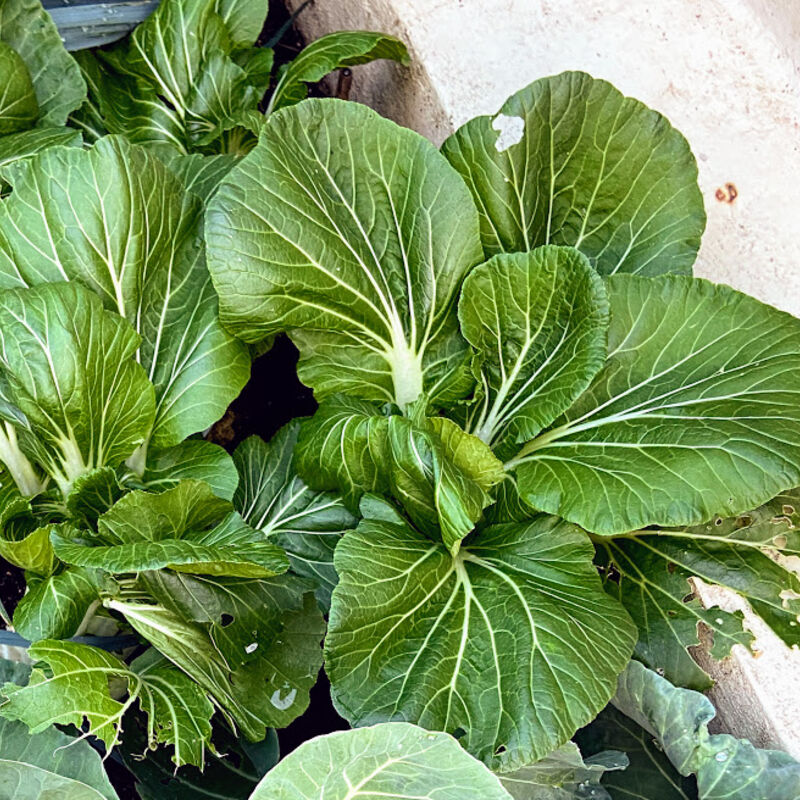
This has led me to investigate using hydroponic systems to protect my leafy vegetables from slugs and snails by growing the plants hydroponically indoors in liquid solutions unlikely to be invaded by these pests. I am starting to put together the required infrastructure and investigating the most suitable grow lights to use.
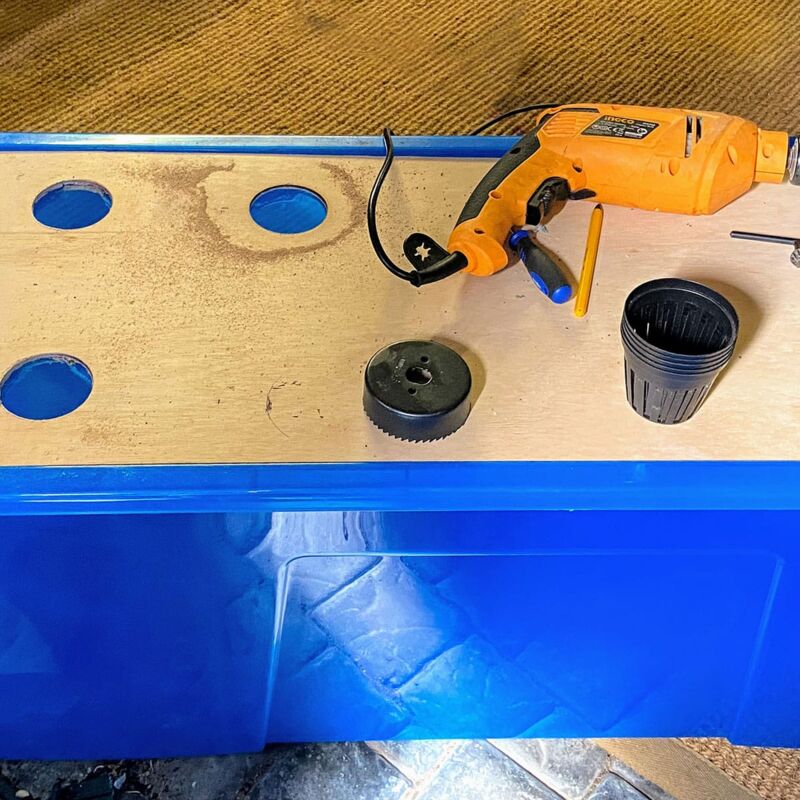
Incandescent light bulbs
An incandescent bulb contains a filament heated to a temperature at which a fraction of the radiation falls in the visible spectrum, mainly the infrared range making it relatively inefficient as a light source.
Fluorescent lights
A fluorescent lamp, or fluorescent tube, is a low-pressure mercury-vapour gas-discharge lamp that uses fluorescence to produce visible light. An electric current in the gas excites mercury vapour, which produces short-wave ultraviolet light that causes a phosphor coating on the inside of the lamp to glow, converting electrical energy into useful light much more efficiently than incandescent lamps. Fluorescent lights are ideal for plants with low to medium light requirements and suitable for starting vegetables indoors. These lights typically come in long, tube-like bulbs in a range of sizes, including T5, T8 and T12
High-intensity discharge lamps (HIDs)
HID lamps have high lumen-per-watt efficiency, of which there are several different types, including metal halide and HPS lamps, which produce a colour spectrum that is somewhat comparable to the Sun and can be used to grow plants.
A metal halide bulb produces 60-125 lumens/watt, depending on the bulb's wattage and is well-suited to supporting plants in earlier developmental stages by promoting stronger roots, better resistance against disease, and more compact growth.
The blue spectrum of light of HID lamps encourages compact, leafy growth and may be better suited to growing vegetative plants with much foliage.
Light-emitting diodes (LEDs)
LED grow lights are composed of multiple individuals LEDs, usually in a casing with a heat sink and built-in fans. Individual LEDs typically provide only a single narrow range of colours, and so different colour LEDs are mixed in grow lights in proportions depending on the intended use. Many different types of grow lights available with varying price ranges, making it difficult to know which one to choose.
Factors to consider when choosing a grow light for Grow Light Boxes
Growlight technology is advancing steadily and rapidly, particularly concerning generic engineering, decreased growing times and increasing yields.
However, the increasing technological advancement may be of little benefit to the home vegetable gardeners who generally use grow lights to raise their seedlings and enjoy the experience of growing their seedlings in organic soil in full sunlight. Organic gardening performed in this way allows gardeners to watch nature perform its miracles. I believe that I am one of these gardeners.
Technological development is usually associated with rapidly increased costs and a poor value proposition for the average vegetable gardener, as in this case. Therefore, the average vegetable grower should consider two factors when purchasing grow lights; cost and what you want to do in the garden.
Summary
- Incandescent lights provide little of the blue spectrum, so they provide little benefit to plant growth although less expensive. In addition, they are less efficient and provide less illumination while consuming more energy.
- High-intensity discharge (HID) lamps provide far more illumination than incandescent lights and more heat, but they can be hung far from plants and will not burn them because of their illumination. They are also more efficient. HID metal halide bulbs emit more blue spectrum light, making them suitable for indoor growing.
- Fluorescent lights produce less luminosity and less heat; hence growers can hang them closer to plants. Fluorescent light lasts five times as long as an incandescent lamp, and the T5 tube last ten times as long.
- LEDs can be set up to match the growing requirements in terms of plant size, growth rate, the colour of produce etc., of the grower. However, they are much more expensive than other grow lights and require more space to accommodate the grow light system. LEDs are much more costly, cover a wide area that you may not need
Future posts
I will record my journey into this exciting field in upcoming postings of the website.